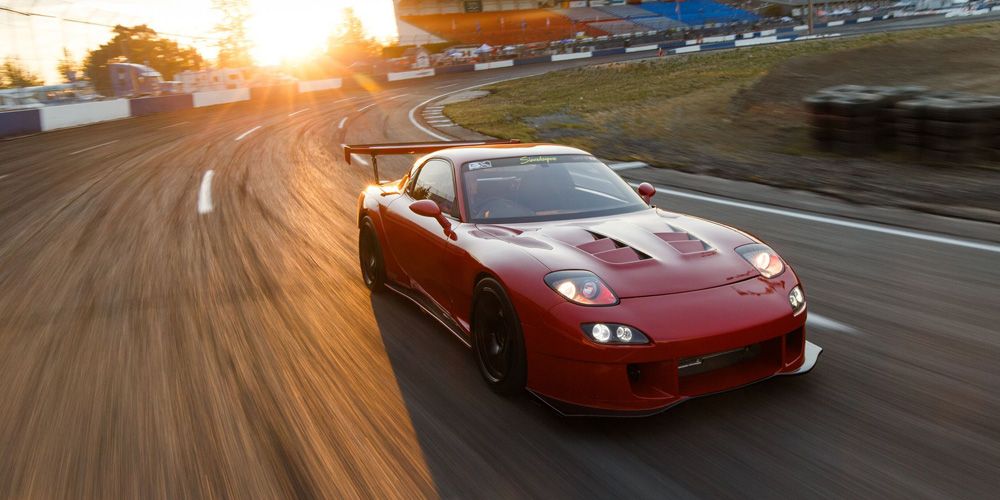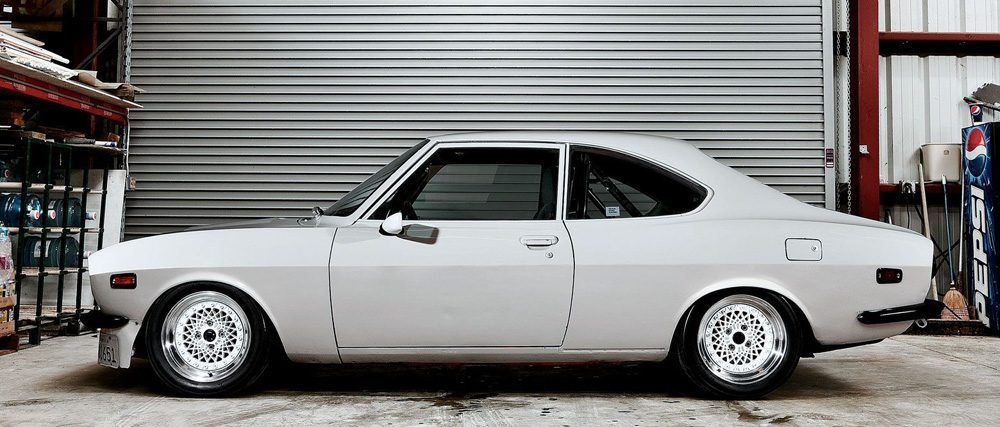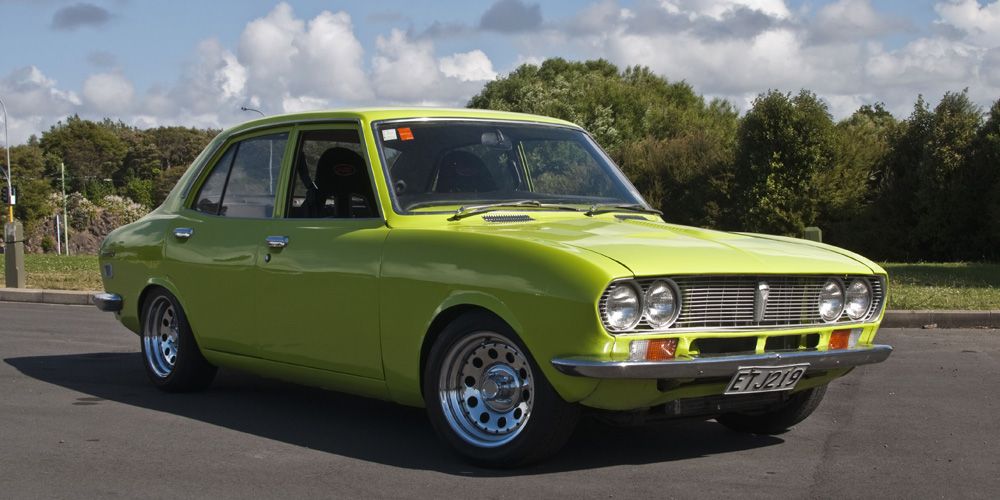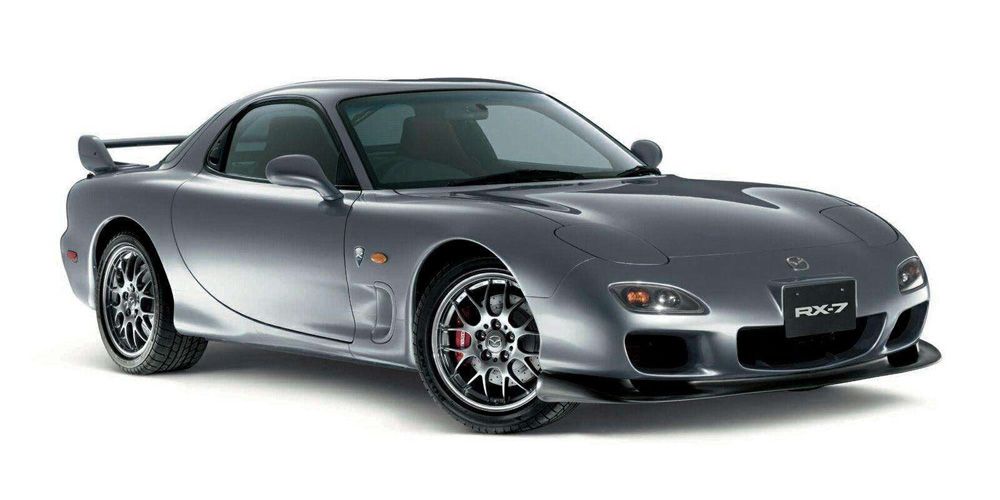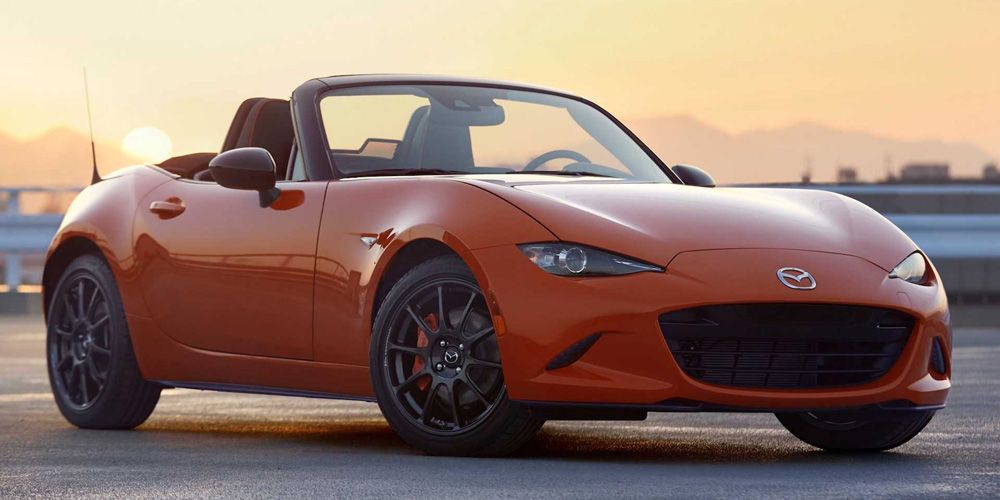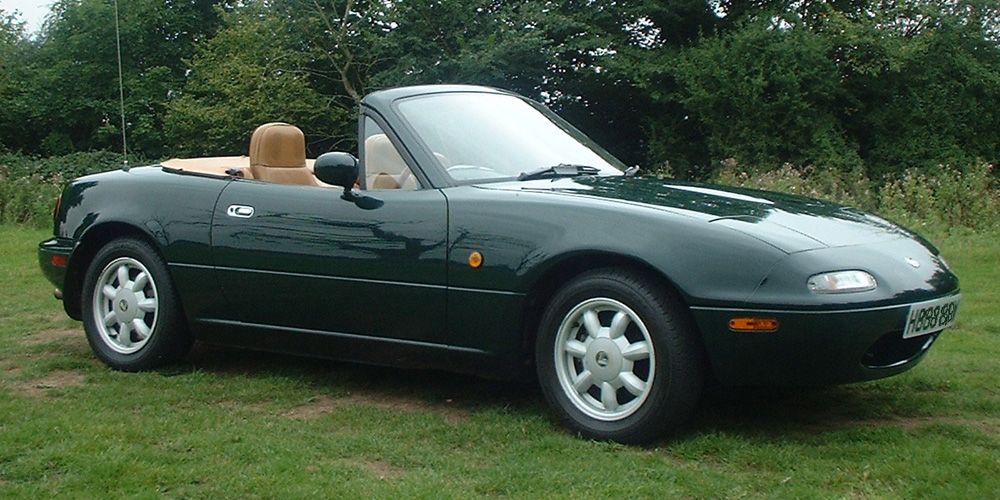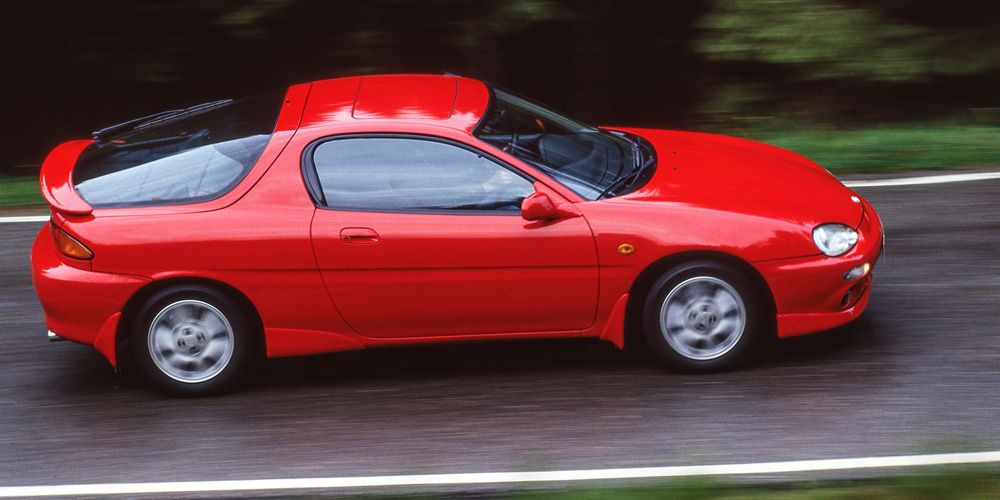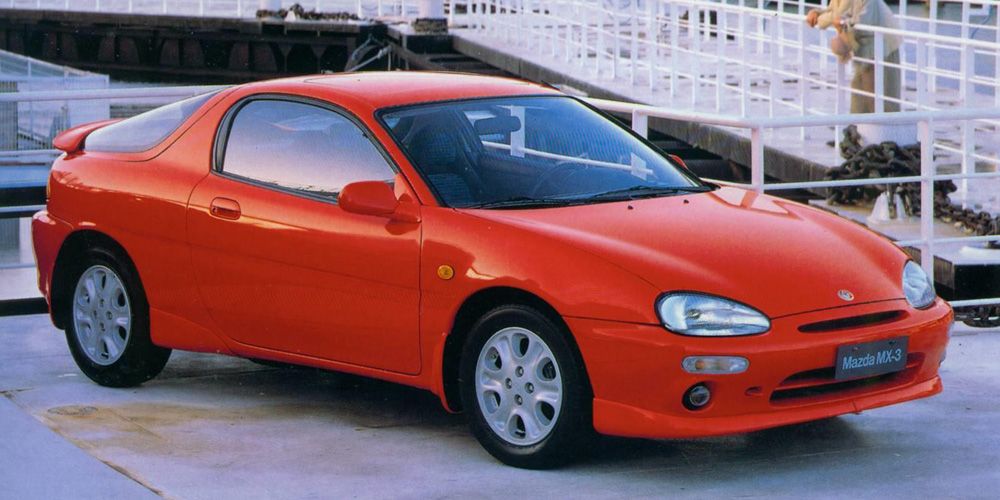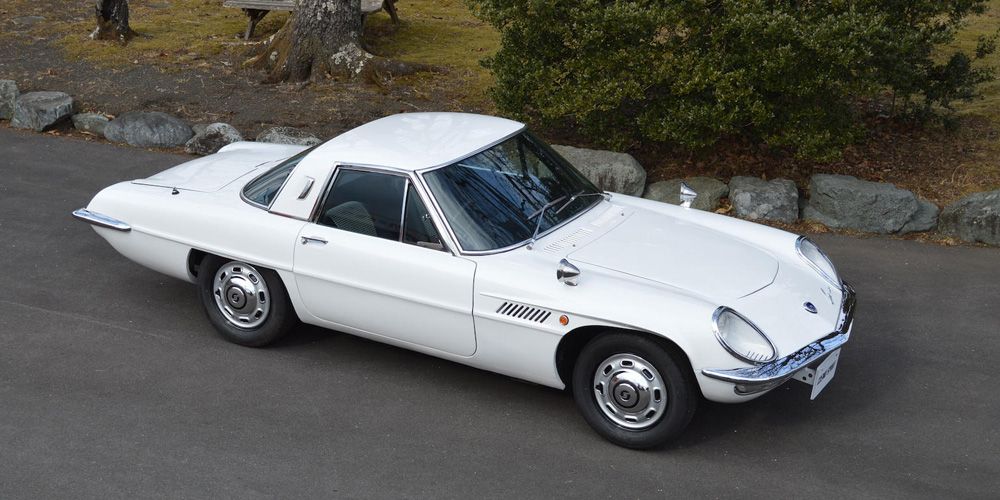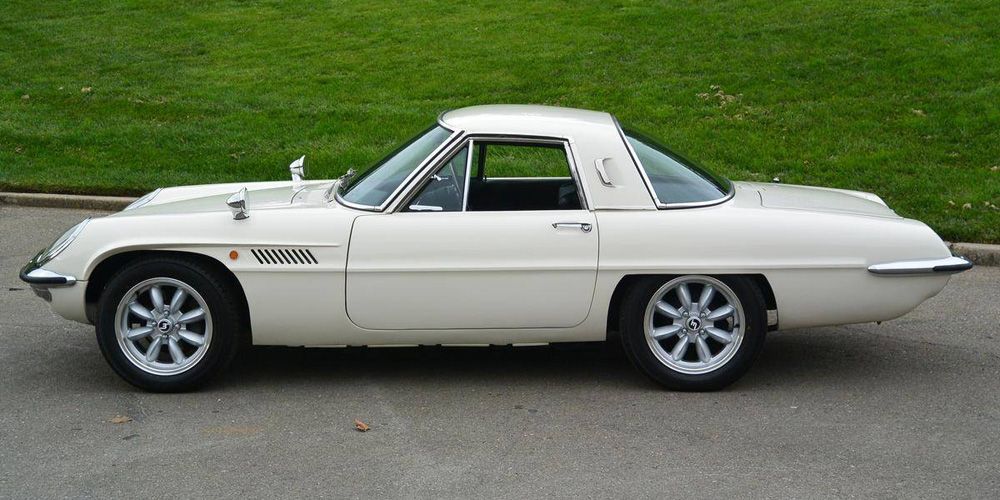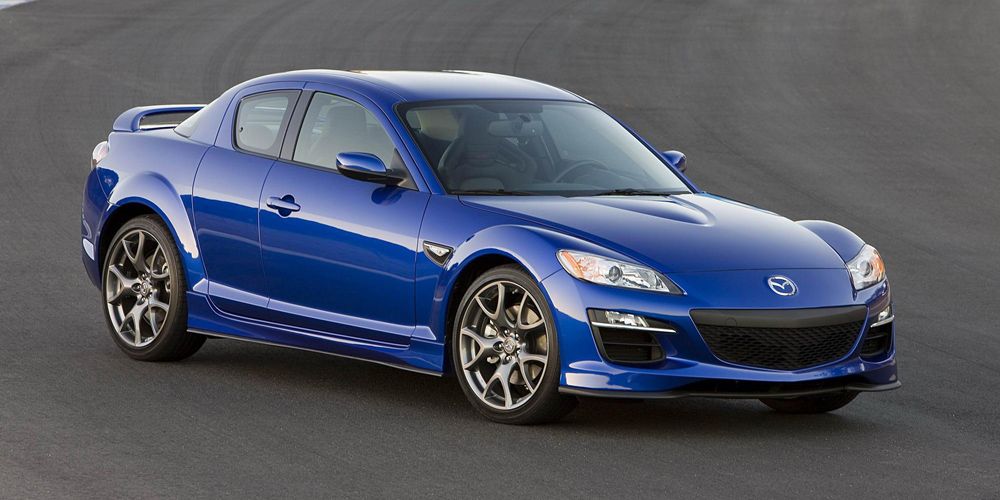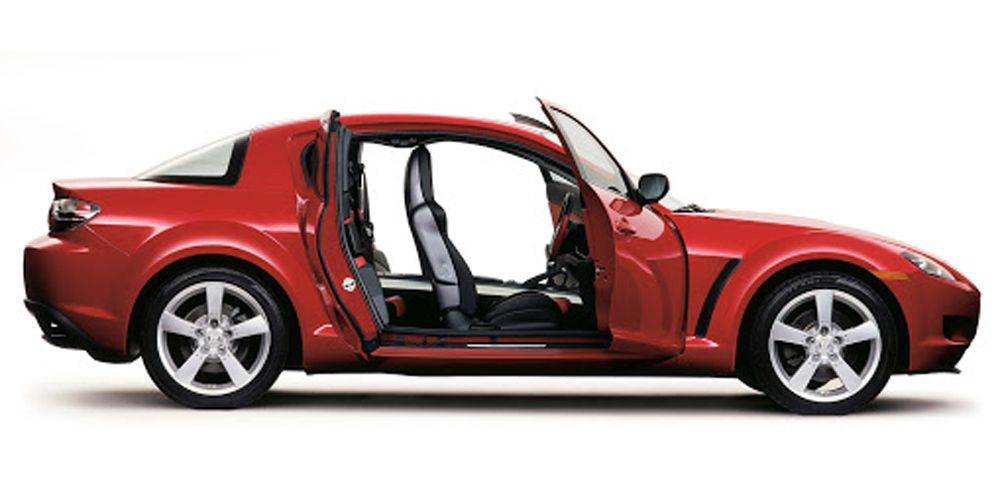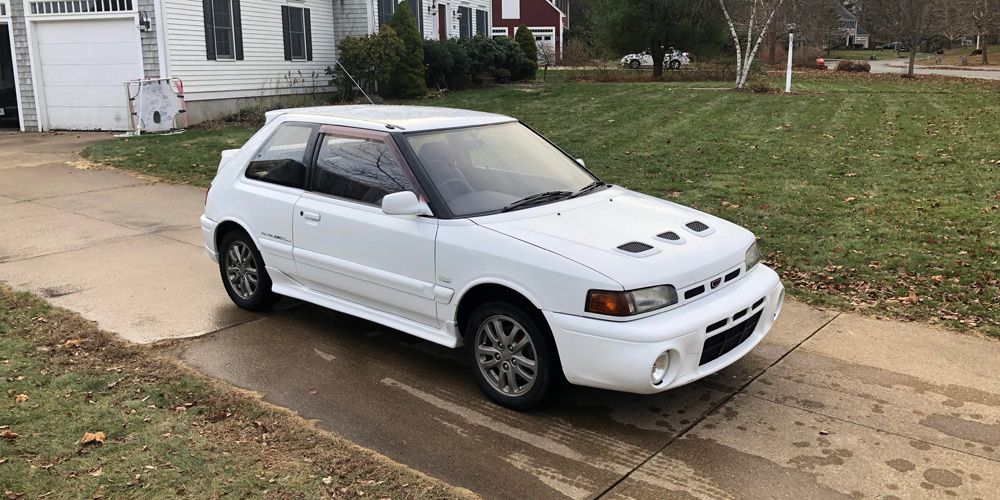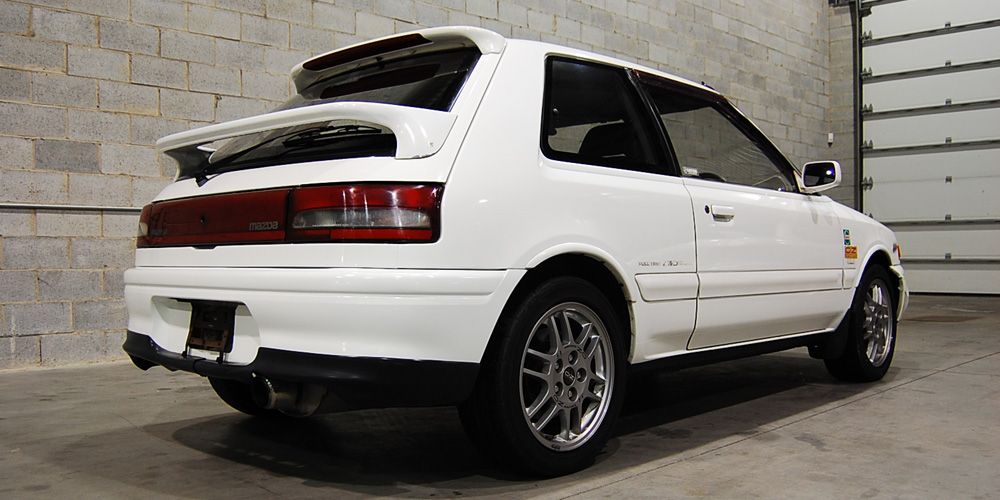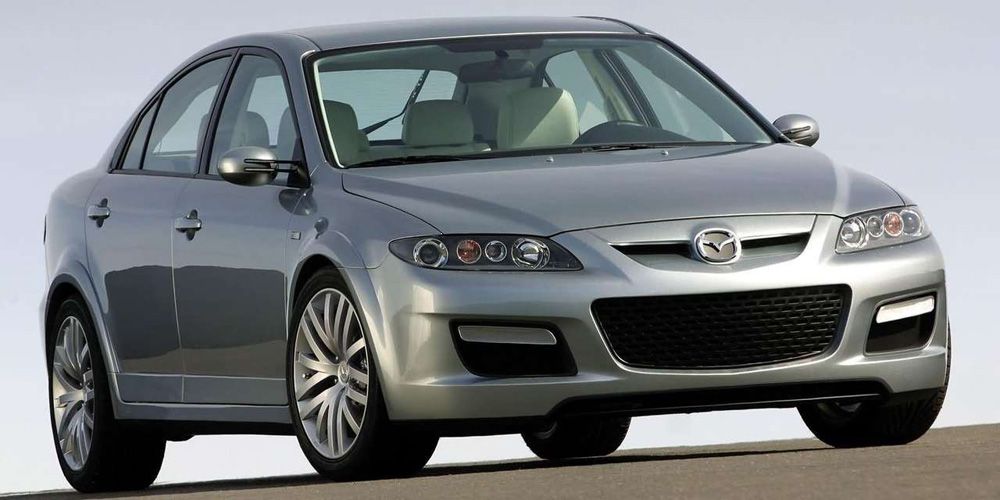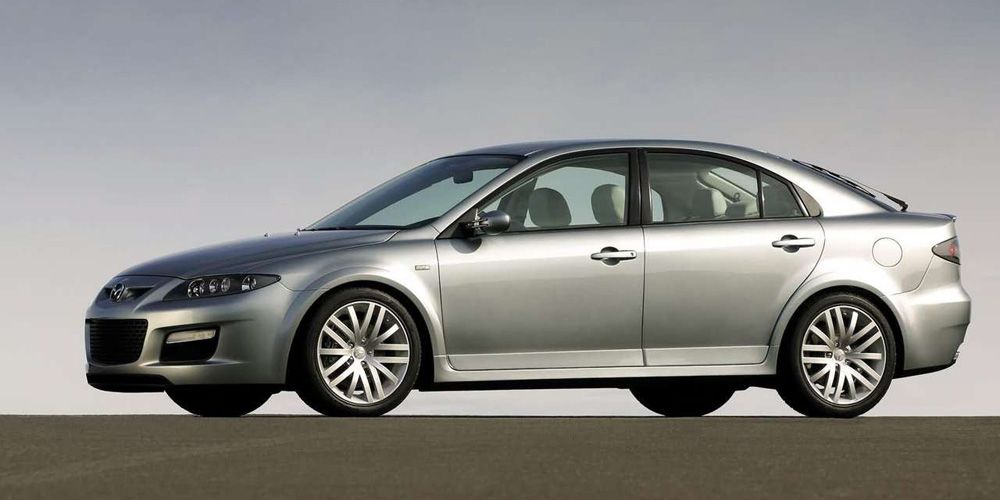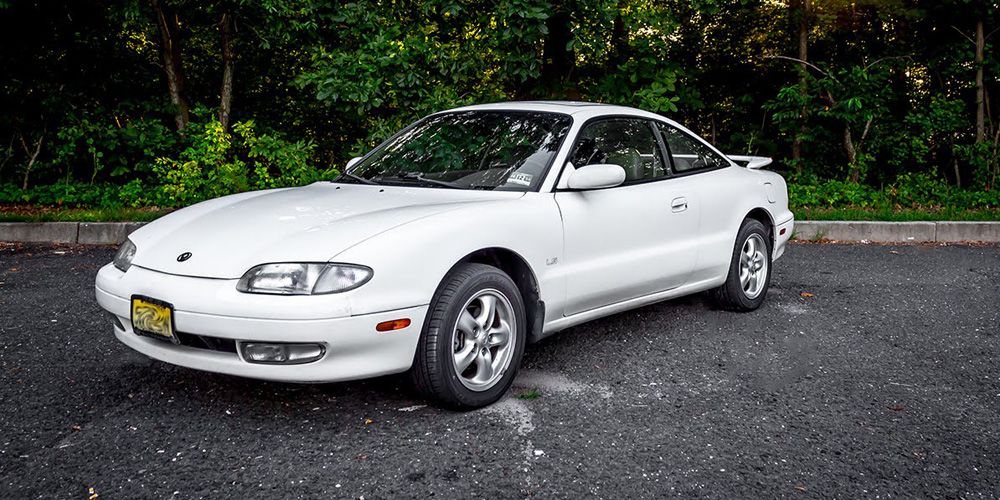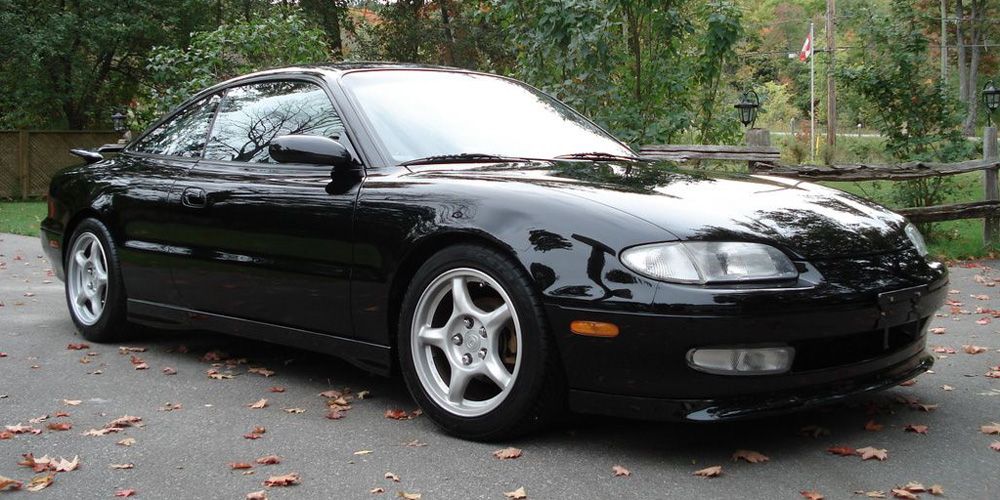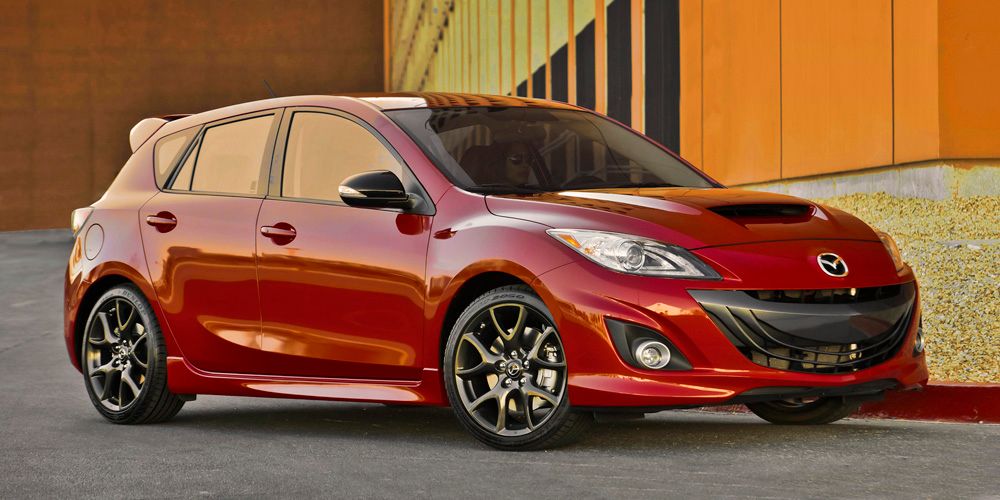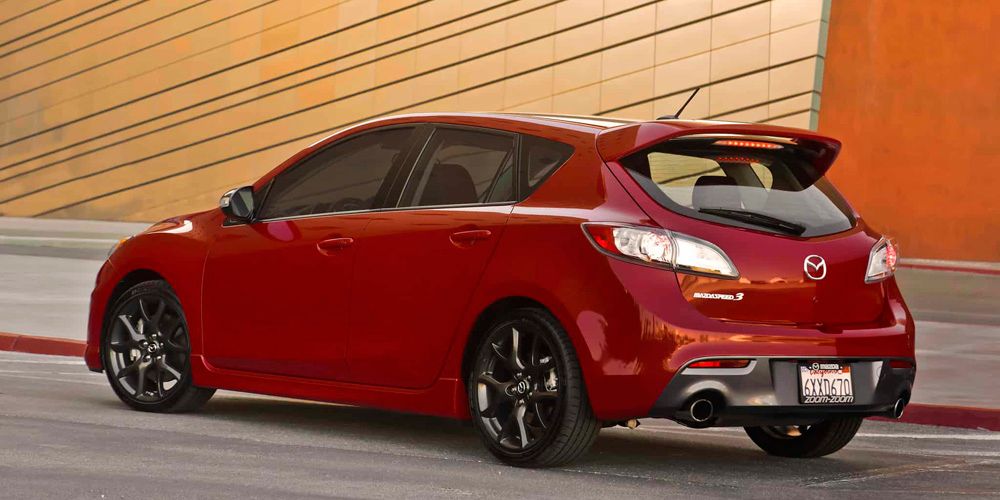With a proven track record of innovation, Mazda is one of the most consistent car manufacturers ever, constantly trying to be different from the competition. Thanks to its engineering division, this Japanese maker has developed and improved the Wankel rotary engine and produced several successful models based on this technology.
Mazda is also one of the few car makers who has never really gone through a bad era of models and has always kept one great model in their line-up. From its humble beginnings as a motorized rickshaw factory in Hiroshima to one of the most respected brands in Japan, Mazda has a history of building some very interesting cars, but the models which will endure in fans memories will always be its sports cars.
10 Mazda RX-2
This was the model where the RX badge started. The RX-2 was a version of the Capella family saloon but powered by a lightweight 1146cc Wankel engine producing a whopping 130hp, which in 1971 when the model was released, was a great feat for such a small displacement powertrain.
The rear-wheel-drive RX-2 was available in both coupe and sedan bodies and featured air conditioning, power antenna and radio as standard. Unfortunately was only produced for seven years, but fans can still see some of these cars racing in historic rallies.
9 Mazda RX-7
Long before movies made this an iconic model for petrol heads and those who love highly-tunable cars, the RX-7 was already a great sports car across its three generations. Equipped with Mazda’s signature Wankel rotary engine, was introduced in 1978, as a replacement for the RX-3 in the brand's line.
In three generations, with a lot of changes in design and equipment, the only constant was the 1.3-liter engine (though the first generation had a 1.1-liter option ), which was always improved. The first RX-7 could produce up to 197hp, but later versions of this engine, with twin-turbo, could go over 300hp. Alongside the coupe body, there was also a convertible option.
8 Mazda MX-5
Though not the first convertible made by Mazda – that would be the Cosmo Sport – the MX-5, or Miata, is one of the longest-lived models in the history of the badge. Its design is based in the Japanese credo “Jinba Ittai”, meaning “oneness of horse and rider”, reminiscent of samurai teachings. This has proven to be a winning philosophy for the small two-seater.
The MX-5 is known for its perfect front-rear balance, giving the driver a unique sensation of control and dynamics thanks also to the limited slip-dif available with this roadster. With over one million units built since introduced in 1990, the Miata has gained a cult-like following across the globe. The current fourth-generation was developed with Fiat and shares its underpinnings with the 124 Spider.
7 Mazda MX-3
One of Mazda’s models that had no follow-up after being retired, the MX-3 was one of the most interesting cars the Japanese automaker gave the world. Among its versions, the small displacement 1.8 V6 engine was an alien in the market during the 1990s. Mazda developed what they called a VLIM – Variable Length Intake Manifold – in order to provide optimal torque using intake resonance.
Not only did Mazda gave the MX-3 a V6 engine, but they also decided to use this model as a testbed for the innovative rear suspension using Twin-Trapezoidal Link, a system with benefits associated with active four-wheel steering systems, allowing the rear wheels to turn slightly, giving the car better handling and minimizing body lean.
6 Cosmo Sport 110S
Divided into two series, the Cosmo Sport 110S was the first Mazda to get a rotary engine. The first Wankel power train to be equipped with was a 1-liter 2-rotor engine capable of producing 110hp, but Series II of this two-seater delivered 130hp. The Cosmo model was completely made by hand at a rate of one a day coming out of Mazda’s Hiroshima factory, from 167 to 1972 and only around 1000 units where built, which makes it also very rare.
Te only time the Cosmo Sport went racing was in 1968 during the 84-hour long Marathon de la Route, at the legendary Nurburgring circuit in Germany. Though official factory cars had to retire due to axle problems, a private team driving a Cosmo finished fourth overall.
5 Mazda RX-8
The last of the rotary engine Mazda to hit the streets, the RX-8 came with a number of design innovations, such as its freestyle doors which made it a favourite among tuners.
Mazda chose the 1.3-liter RENESIS engine to power the RX-8 along with a selection of 5 or 6-speed manual and 4 or 6-speed automatic gearboxes, depending on where the car was sold. Power output varies according to the engine/gearbox configuration and ranges from 189hp to 238hp.
The RX-8 was available in various trims, but the most notable stock version is the 40th Anniversary Limited Edition, made to celebrate the 40 years of the rotary engine.
4 323 GT-R
This was the most powerful road-going version of the 323 hatchback, produced between 1989 and 1994. The Japanese market model featured four-wheel drive powered by an inline-four turbocharged 1.8-liter engine capable of 210hp. This was developed into a rally version as well.
The homologation models introduced a number of enhancements like the aggressive front bumper, grille and bonnet vents, updated rear bumper, wheel flares, stiffer suspension and anti-roll bars with thicker cross members, and homologated five-stud wheel hubs with larger brakes. The interior was fitted with leather and suede seats and had the option of replacing the cup holder with a 3 gauge cluster.
3 Mazda 6 MPS
Those who love sleepers have to love this car. The 6 MPS was the car maker’s approach to a very niche and competitive market. With a 2.3-liter turbocharged engine and a four-wheel-drive chassis, the 6 MPS was generously equipped by Mazda and was able to compete in terms of style with the likes of the Audi A4 Quattro or the BMW 330i of its time.
To better cope with the performance, Mazda gave the 6 MPS a varying power four-wheel-drive system, bigger disk brakes, stiffer suspension and rigidity-enhancing chassis cross braces.
2 Mazda MX-6
Probably one of the least know models from the Hiroshima carmaker, the MX-6 is known to be extremely reliable in terms of mechanics. Available for ten years and two generations this model was in the market with a range of trims and engine choices. First-generation MX-6 allowed drivers to chose from a 1.8-liter 110hp to a 2.2-liter turbo delivering 145. The MX-6 also used the rear-wheel steering system introduced by the MX-3.
The second-generation MX-6 models offered the inline-four 2.0-liter and 130hp powertrain as its basic engine, but there were three V6 options to consider, a 2.0-liter capable of 159hp, and two 2.5-liter engines producing 164hp or 198hp.
1 Mazdaspeed3
Known as the performance version of the first Mazda 3 model, this hot hatch is powered by the same 2.3-liter turbocharged engine as the Mazda 6 MPS above, but without the four-wheel-drive capability. Instead, the Mazdaspeed3 is a front-wheel-drive model.
A GKN limited-slip differential is standard, along with a six-speed manual transmission, anti-lock brakes, traction control and dynamic stability control.
The 2nd generation Mazdaspeed3 comes with larger diameter stabilizers with longer mount spans and wider 18-inch tires. Front brakes have large diameter 12.6-inch ventilated discs. A functional hood scoop was added to allow for a denser charge to the top-mounted intercooler.

